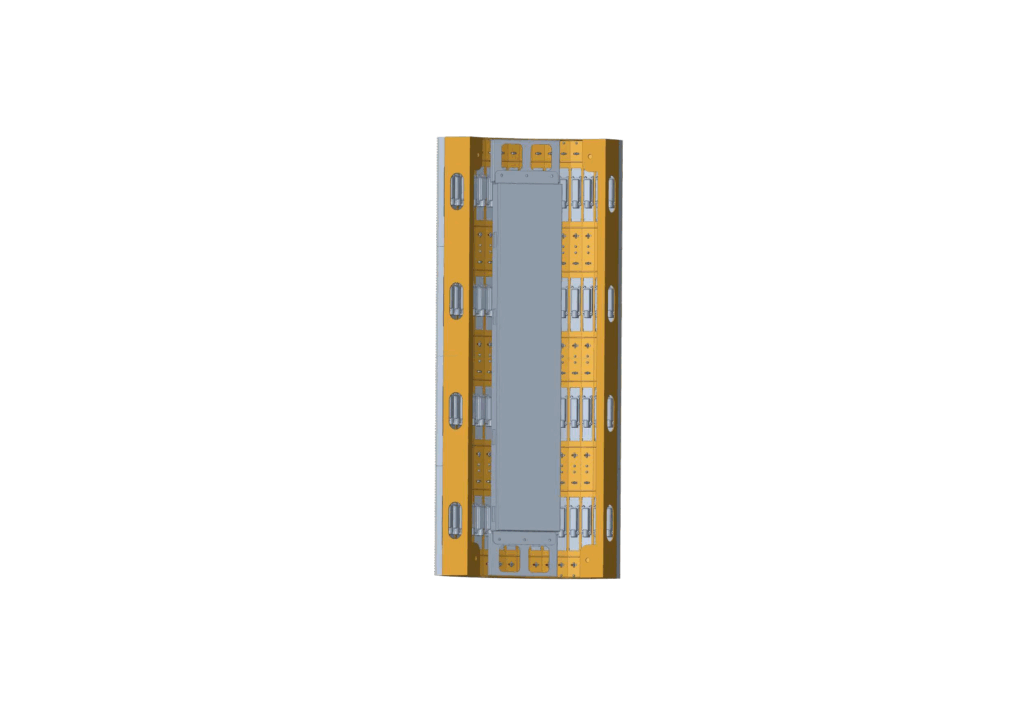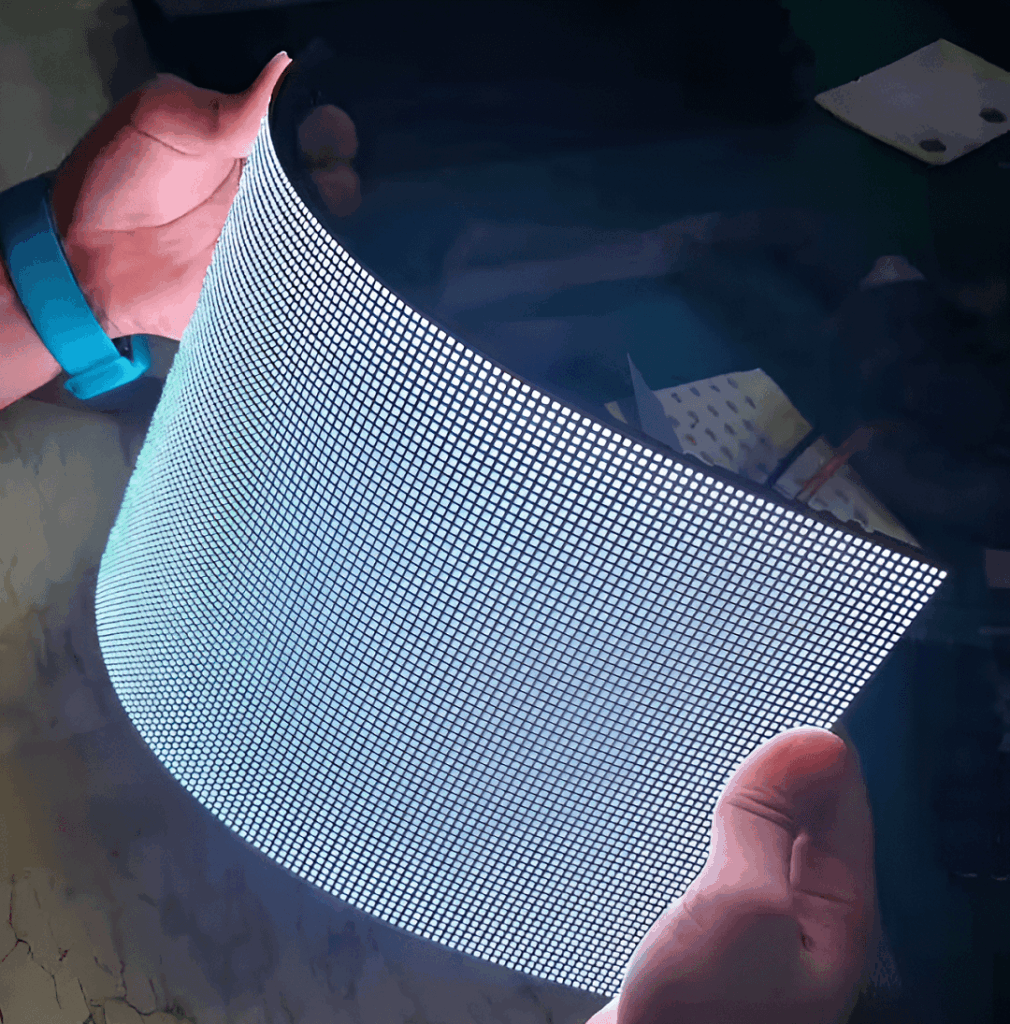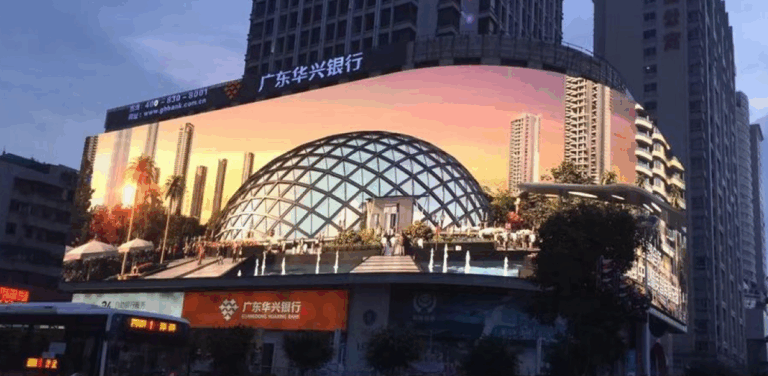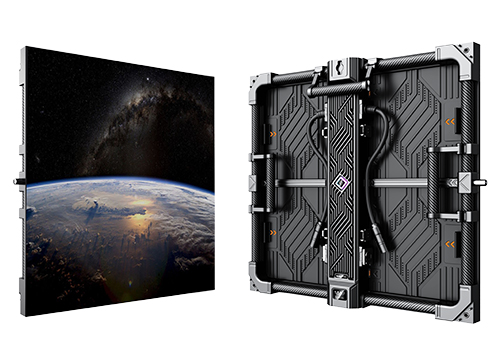Table of Contents
-
Structural Principles: Internal Layout, Signal Path, and Thermal Design Logic
-
Key Parameter Comparison Table
-
Design Considerations
-
Manufacturing Process
-
Quality Control (QC)
-
Application Differences by Project Type
-
Failure Mode and Effects Analysis (FMEA)
-
Supply Chain Analysis
-
Procurement Recommendations (Engineering Perspective)
-
Conclusion
Selecting the right LED cabinet structure directly affects heat dissipation, reliability, installation accuracy, and product lifespan. Today’s mainstream LED display cabinets are primarily die-cast aluminum and sheet-metal structures. This article provides a comprehensive, engineering-level comparison across structural design, key parameters, manufacturing processes, quality control, application differences, failure patterns, and supply chain considerations.
1. Structural Principles: Internal Layout, Signal Chain, and Thermal Design Logic
Die-Cast Aluminum Cabinets

Structural Principle:
Manufactured using high-pressure die-casting, the cabinet features strong overall rigidity with the front and side panels formed as a single piece. LED modules are typically secured with M2/M3 screws, and module spacing precisely matches the cabinet structure.
Signal Chain Layout:
Power supplies, receiving cards, and LED modules are arranged according to heat zones to ensure stable signal transmission and power distribution.
Thermal Design Logic:
Aluminum has excellent thermal conductivity (~200 W/m·K). The cabinet itself acts as a heat sink, eliminating the need for forced air cooling. Heat from the LED modules is transferred directly to the cabinet, with fins enhancing convection.
Sheet-Metal Cabinets

Structural Principle:
Constructed using welded or folded steel/aluminum plates. Structural strength is lower, and cabinet flatness depends heavily on welding and bending accuracy.
Signal Chain Layout:
Internal support frames and guide rails help modules slide in for installation, but thermal management relies mainly on air channels rather than conduction.
Thermal Design Logic:
Sheet-metal conductivity varies—steel is low (~50 W/m·K) while aluminum is higher (~200 W/m·K). These designs often require forced air cooling or thermal pads and still fall short of die-cast aluminum in heat dissipation efficiency.
2. Key Parameter Comparison Table
| Parameter | Die-Cast Aluminum Cabinet | Sheet-Metal Cabinet |
|---|---|---|
| Material Thickness | 2.5–4 mm | 1.0–2.0 mm |
| Flatness | ±0.2 mm | ±0.5 mm |
| Weight | Lighter (6–10 kg per cabinet) | Heavier (10–15 kg per cabinet) |
| Heat Dissipation | High (200 W/m·K) | Medium to Low (50–200 W/m·K) |
| Installation Precision | High (±0.2 mm) | Medium (±0.5 mm) |
| IP Rating | Up to IP65/IP66 | Typically IP54–IP65 |
| Module Alignment Repeatability | High | Medium |
| Wind Resistance | Strong | Weaker |
| Manufacturing Cost | Higher | Lower |
3. Design Considerations
Structural Tolerances
-
Die-cast aluminum: Mold accuracy determines flatness; space for thermal expansion (±0.1–0.2 mm) must be reserved.
-
Sheet-metal: Welding and bending tolerances are critical; verticality and flatness must be verified.
Thermal Design
-
Die-cast aluminum: Best suited for passive cooling; air channels or fans can be added when necessary.
-
Sheet-metal: Requires thermal pads, airflow channels, and fan designs to keep continuous-operation temperatures below 55°C.
Waterproofing
-
Die-cast aluminum cabinets typically integrate molded seals for IP65+ outdoor performance.
-
Sheet-metal cabinets need localized waterproof reinforcement, including sealed screw holes and gasketed connectors.
Power & Electrical
-
High-voltage AC (110/220V) and low-voltage DC zones must be separated to avoid thermal stacking.
-
EMC considerations: Die-cast aluminum naturally provides shielding; sheet-metal designs may require extra shielding treatments.
4. Manufacturing Process

SMT Production
-
LED module SMT: automatic placement (0402/0603/2020/2121, etc.), reflow soldering, AOI inspection
-
Driver IC and receiving card assembly and testing
Assembly Process
-
Cabinet inspection
-
Module insertion
-
Cable and connector installation
-
Power supply and controller card installation
-
Module alignment
-
Cabinet locking
Die-cast aluminum cabinets often use tool-less locking mechanisms, while sheet-metal versions rely more on screw fastening.
Aging Tests
-
High-temperature aging (45–60°C, 72 hours)
-
Power-cycle testing (full-screen/half-screen switching)
-
Waterproof and dustproof tests (spray/immersion)
5. Quality Control (QC)
| Stage | Inspection Content |
|---|---|
| IQC | Raw materials: aluminum thickness, surface treatment, steel type |
| IPQC | Cabinet flatness, screw-hole alignment, module fitting accuracy |
| FQC | Brightness, color uniformity, interface functions, power load |
| OQC | Full-screen inspection before shipment: waterproofing, dustproofing, vibration/transport simulation |
6. Application Differences
By Climate
-
Hot regions (Middle East/Africa): Die-cast aluminum preferred due to superior heat dissipation; sheet-metal requires forced cooling.
-
Humid regions (Southeast Asia): Die-cast aluminum provides better waterproofing; sheet-metal needs enhanced sealing.
By Application Scenario
-
Stadiums & large outdoor billboards: Die-cast aluminum for flatness and wind resistance.
-
Shopping malls & conference rooms: Sheet-metal provides adequate precision at lower cost.
-
Rental/event screens: Die-cast aluminum is lighter, stronger, and installs quickly—ideal for repeated handling.
7. Failure Mode and Effects Analysis (FMEA)
| Failure Mode | Cause | Prevention |
|---|---|---|
| Module thermal failure | Poor heat conduction | Use die-cast aluminum or add thermal pads |
| Cabinet deformation | Strong wind load or thin sheet-metal | Increase material thickness; add support frames |
| Power failure | Overheating or poor circuit design | Zonal power design; thermal protection |
| Waterproof failure | Unsealed screw holes; aging seals | Use weather-resistant gaskets; waterproof screw treatments |
| Signal loss | Loose connectors; EMI interference | Secure connectors; improve shielding design |
8. Supply Chain Analysis
-
LED Chips: Prefer high-efficiency, low-power brands (Nichia, Cree, Epistar) for brightness and longevity.
-
Driver ICs: Key factors include stability, refresh rate, and PWM accuracy.
-
Outdoor: MBI / CHIPONE
-
High-precision displays: TI / Novastar
-
-
Control System: Must balance resolution, refresh rate, and reliability; compatibility between controller and receiving cards is essential.
-
Cabinet Suppliers:
-
Die-cast aluminum: choose suppliers with strong mold-making expertise.
-
Sheet-metal: focus on welding and bending accuracy.
-
9. Procurement Recommendations (Engineering Perspective)
-
For projects requiring high flatness, long outdoor lifespan, or strong thermal performance → Choose die-cast aluminum cabinets.
-
For budget-sensitive projects in controlled indoor environments → Sheet-metal cabinets are sufficient.
-
For rental and mobile applications with frequent transport → Die-cast aluminum is the clear winner.
-
In hot or humid environments, pay close attention to IP rating, thermal capability, and module stability, not just price.
10. Conclusion
Die-cast aluminum and sheet-metal LED cabinets both have strengths and limitations. The right choice depends on structural requirements, thermal management, electrical safety, operating environment, and long-term maintenance considerations.
Die-cast aluminum excels in high-precision, outdoor, and high-strength applications, while sheet-metal offers cost-effective performance for indoor and low-load installations. With proper engineering design, strict quality control, and a well-managed supply chain, the reliability and lifespan of LED displays can be significantly improved.
References:





